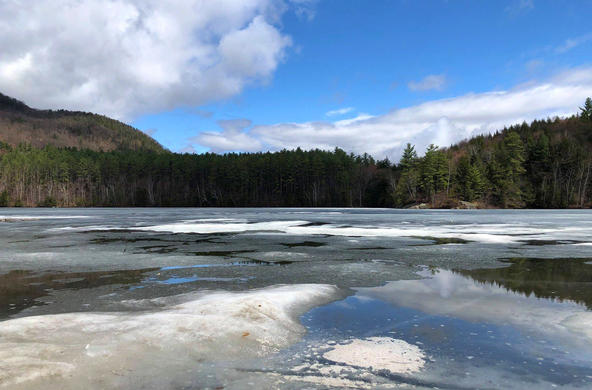A new study shows streams and rivers up and down the East Coast are threatened by a legacy of acid rain and the impact of human activities. WAMC's Hudson Valley Bureau Chief Allison Dunne spoke with one of the study's authors.
Dr. Gene Likens, co-discoverer of acid rain in North America some 50 years ago, says the study is the first of its kind. Researchers looked at long-term alkalinity trends in 97 streams and rivers from Florida to New Hampshire, and found alkalinity has increased.
Too much alkalinity can cause algal blooms, and alter water quality, harming aquatic life. Increasing alkalinity hardens drinking water, and exacerbates the salinization of fresh water. Likens, a founding director of the Dutchess County-based Cary Institute of Ecosystem Studies, says human activities that create acid rain conditions are driving the problem and changing the water chemistry of many streams and rivers.
While it seems like a paradox – the acid rain-alkalinity connection - he explains that acid rain, along with acidic mining waste and agricultural fertilizers contribute to speeding the breakdown of limestone and even concrete and cement, resulting in alkaline particles washing off into streams and rivers.
As for two rivers he and other researchers studied in the Northeast, Likens mentions the following.
He describes the ecological environment there as sensitive. He then talks about a river in the western portions of Connecticut and Massachusetts.
He says researchers did consider data for the Hudson River, but then found that data to be statistically insignificant. The study is published in the journal of Environmental Science and Technology.






